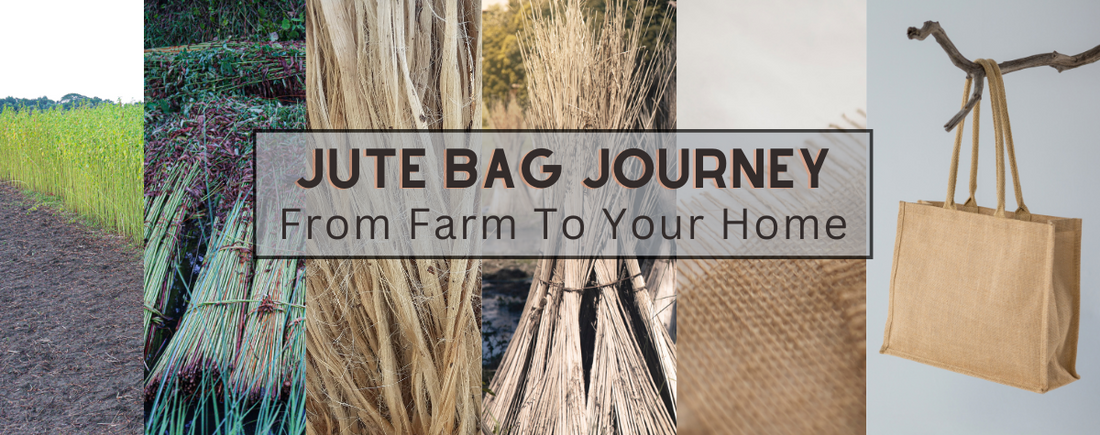
How Are Jute Bags Manufactured?
Share
Jute bags are a sustainable and eco-friendly alternative to plastic bags, and their manufacturing process is relatively simple and environmentally friendly. Let's take a look at the process of manufacturing a jute bag. Firstly, the jute plant is harvested and the fibers are extracted from the stem by a process called retting. The fibers are then washed, dried, and sorted based on their quality. Next, the jute fibers are spun into yarns using spinning machines. The yarns are then woven into fabric using hand-operated or power looms. The fabric is then cut into the desired shape and size for the bag. Once the bag is cut, it is sent to the sewing department, where the various components are stitched together. Handles are also attached to the bag using sewing machines or by hand. Finally, the finished bag is inspected for quality and packed for distribution. The manufacturing process of jute bags requires minimal energy and water, and the bags themselves are biodegradable and can be easily recycled. In conclusion, the manufacturing process of jute bags is sustainable and environmentally friendly, making them a great alternative to plastic bags. By choosing jute bags, we can reduce our impact on the environment & help protect our planet.
